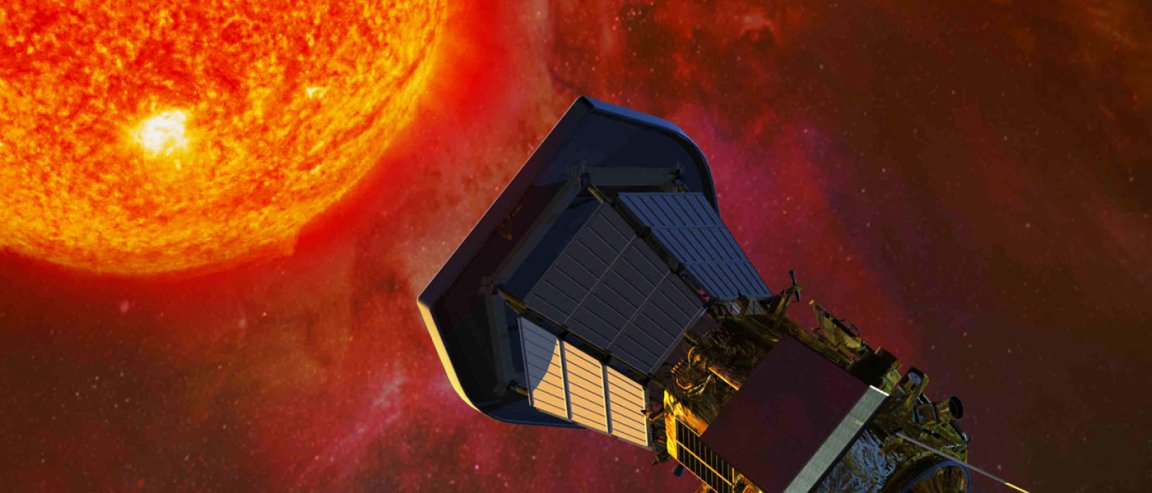
Flying Close
For all our knowledge of far away galaxies and distant exoplanets, you’d think we knew everything there is to know about our own sun. Of course, it turns out we still have some unanswered questions about the “star” of our system, and NASA is planning to fill in those blanks.
NASA has just announced that its Solar Probe Plus mission is in Phase D— system assembly, integration, test and, eventually, launch stage of the project.
The probe, scheduled to launch by July or August 2018, has been dreamed about by astronomers for 60 years now. It is set to conduct several daring data-collecting runs through the Sun’s atmosphere. Over the course of the seven-year mission, from 2018-2024, it will be using seven Venus flybys to slingshot ever closer to the Sun, until it is within 3.9 million miles of the Sun’s surface, making it the probe that has gotten closest to the Sun.

Many Questions
During its mission duration, Solar Probe Plus will be examining the Sun. One of its main interests will be looking at how energy flows from the Sun’s surface to its atmosphere. Part of this will be watching the birth of the solar wind, as particles from the Sun race from subsonic to supersonic. It will also be looking at “dusty plasma,” or superheated gas with suspended particles in it, near the sun.
Another area of interest will be the Sun’s magnetic field. We know that the Sun reverses polarity every 11 years in a cycle. At one time it has no magnetic field, and its surface is clear of sunspots. At the other end are times when it is a monster spewing solar flares. This will allow better flare predictions to protect satellites.